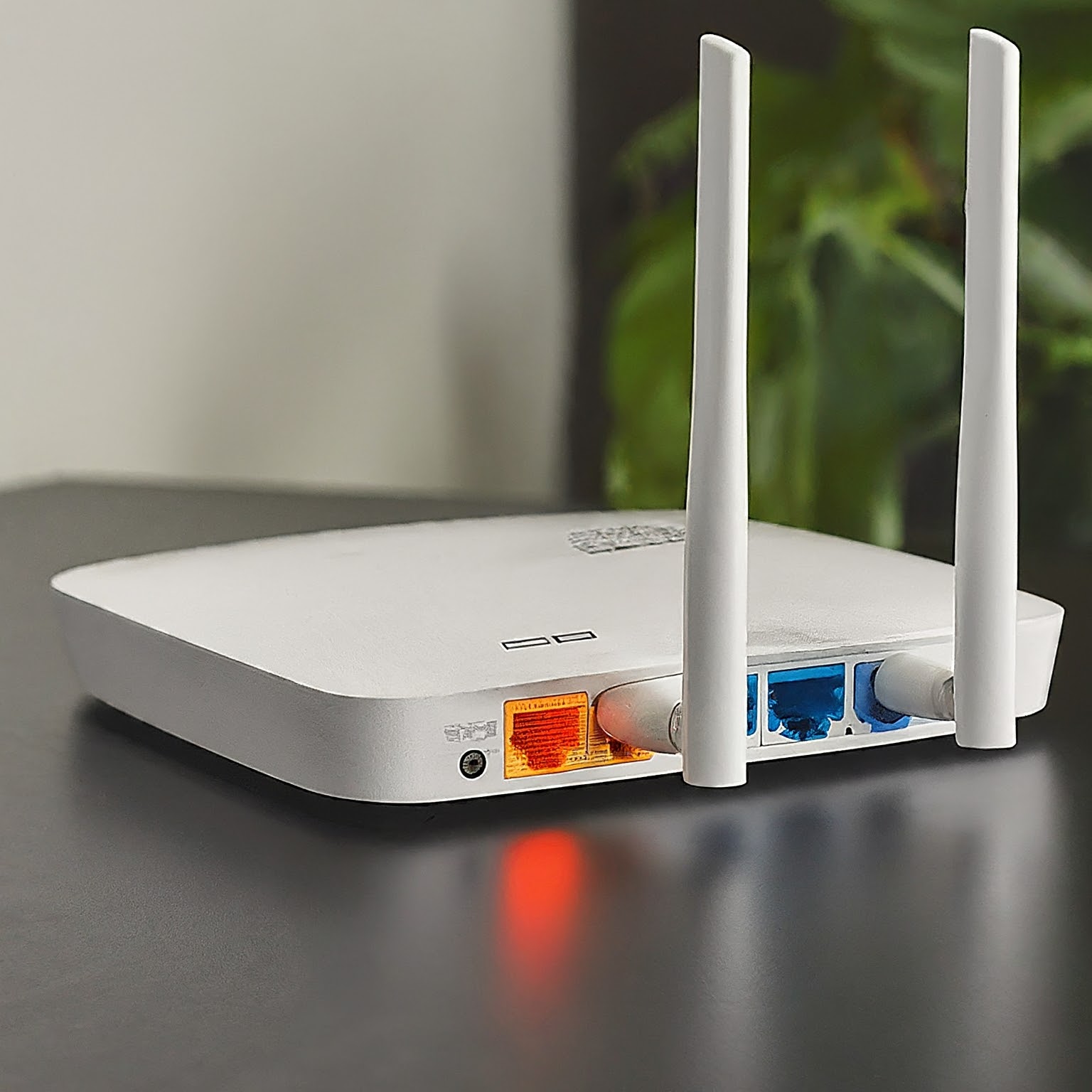In today’s digital age, a reliable internet connection is a lifeline. Whether you’re working from home, attending online classes, streaming your favorite shows, or simply staying connected with friends and family, a sudden disruption in your internet service can be incredibly frustrating. The first question that usually pops up in such situations is, “Is my internet down?”
This exclusive article aims to help you answer that question and provide you with a comprehensive guide to troubleshooting and resolving internet connectivity issues. We will cover everything from simple checks to advanced techniques, empowering you to diagnose and fix problems independently.

Initial Checks
Before you delve into complex troubleshooting steps, start with these simple checks:
- Check Your Router and Modem: Ensure that your router and modem are powered on and all cables are securely connected. Look for any blinking lights or error messages that might indicate a problem.
- Restart Your Devices: Sometimes, a simple restart can resolve minor connectivity glitches. Turn off your router, modem, and any connected devices, wait for a few seconds, and then turn them back on.
- Check Other Devices: If possible, try connecting to the internet using another device, such as a smartphone or laptop. If other devices can connect, the issue might be with your specific device rather than the internet connection itself.
- Check for Outages: Visit your internet service provider’s (ISP) website or social media pages to see if they have reported any outages in your area. You can also use third-party websites like DownDetector to check for outages reported by other users.
Troubleshooting Steps
If the initial checks don’t resolve the issue, it’s time to delve into more specific troubleshooting steps:
- Check Your Device’s Network Settings: Ensure that your device is connected to the correct Wi-Fi network and that the network password is entered correctly. You can also try forgetting the network and reconnecting.
- Run Network Diagnostics: Most operating systems have built-in network diagnostic tools that can help identify and resolve connectivity issues. On Windows, you can access the Network troubleshooter through the Settings app. On macOS, you can use the Wireless Diagnostics tool.
- Check for IP Address Conflicts: Sometimes, multiple devices on your network may be assigned the same IP address, leading to conflicts and connectivity problems. You can try releasing and renewing your IP address or assigning a static IP address to your device.
- Update Network Drivers: Outdated network drivers can cause connectivity issues. Ensure that your device’s network drivers are up to date by checking for updates through the device manager or the manufacturer’s website.
- Disable Firewall and Security Software: Temporarily disable your firewall and any security software to see if they are blocking your internet connection. If the issue is resolved, you may need to adjust the settings of your firewall or security software.
- Contact Your ISP: If you’ve exhausted all troubleshooting steps and still can’t connect to the internet, contact your ISP’s customer support. They can help diagnose the problem and provide further assistance.
Advanced Troubleshooting
If the basic troubleshooting steps don’t resolve the issue, you can try these more advanced techniques:
- Reset Your Router to Factory Defaults: If you suspect a configuration issue with your router, you can reset it to factory defaults. This will erase all custom settings, so make sure you have the necessary information to reconfigure your router.
- Check for Malware: Malware infections can sometimes interfere with your internet connection. Run a full system scan using reputable antivirus software to check for and remove any malware.
- Test Your Ethernet Cable: If you’re using a wired connection, try using a different Ethernet cable to see if the issue is with the cable itself.
- Check Your DNS Settings: Incorrect DNS settings can prevent you from accessing websites. You can try changing your DNS settings to a public DNS server like Google DNS or Cloudflare DNS.
Prevention Tips
To minimize the chances of encountering internet connectivity issues in the future, consider these prevention tips:
- Keep Your Router and Modem Updated: Manufacturers often release firmware updates to improve performance and fix bugs. Check your router and modem’s manufacturer websites for any available updates.
- Secure Your Wi-Fi Network: Use a strong password and encryption protocol to protect your Wi-Fi network from unauthorized access.
- Limit the Number of Connected Devices: Too many devices connected to your network can strain its resources and lead to slower speeds or connectivity issues.
- Optimize Your Router’s Placement: Place your router in a central location, away from obstacles that can interfere with the signal, such as walls or large appliances.
Conclusion
Experiencing internet connectivity issues can be frustrating, but with the right knowledge and troubleshooting techniques, you can often resolve the problem yourself. Remember to start with simple checks, progress to more specific troubleshooting steps, and don’t hesitate to contact your ISP’s customer support if needed.
لا تعليق